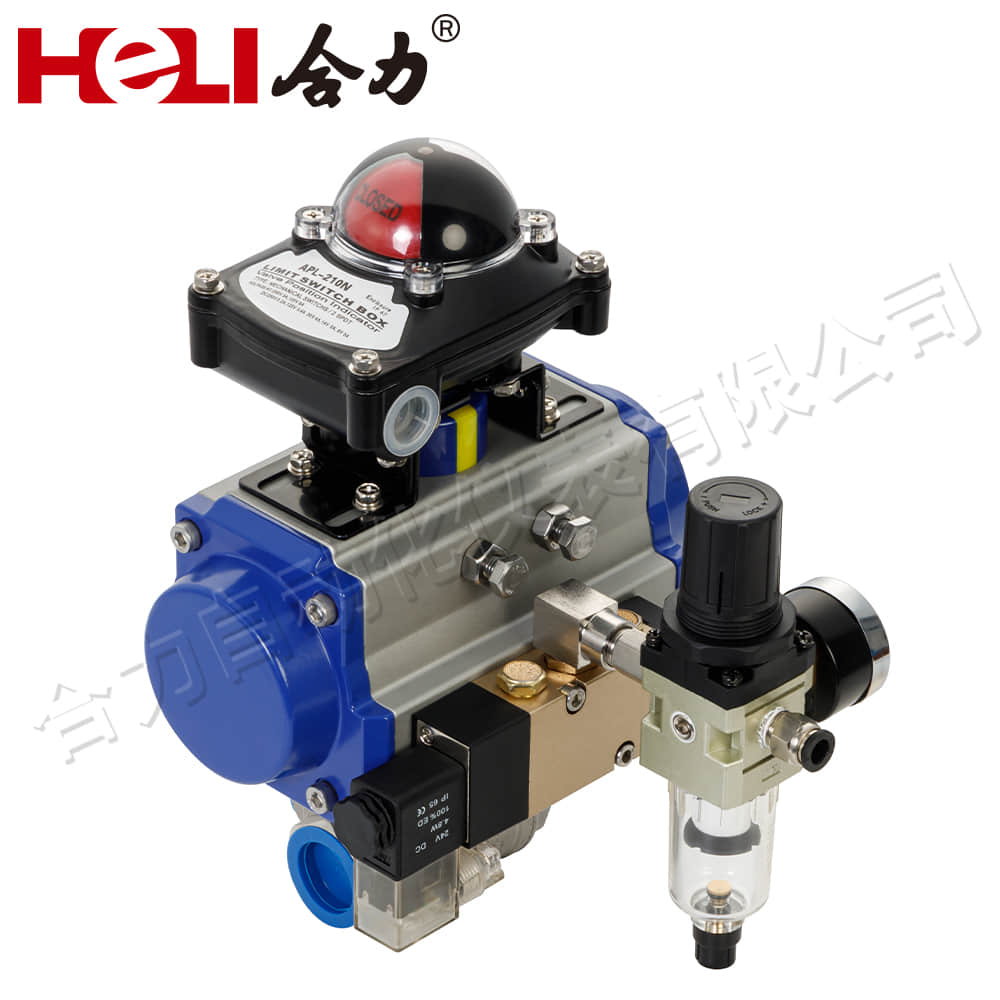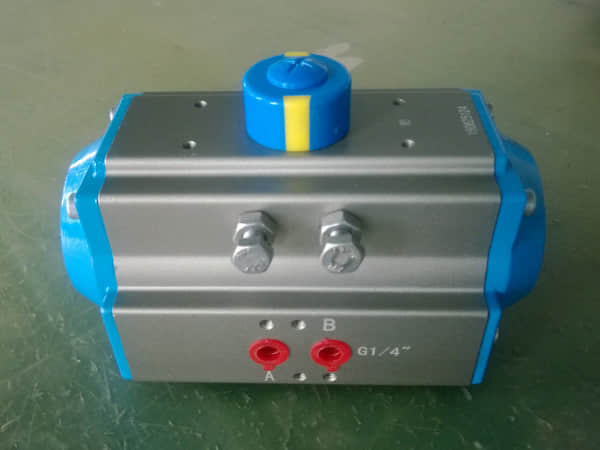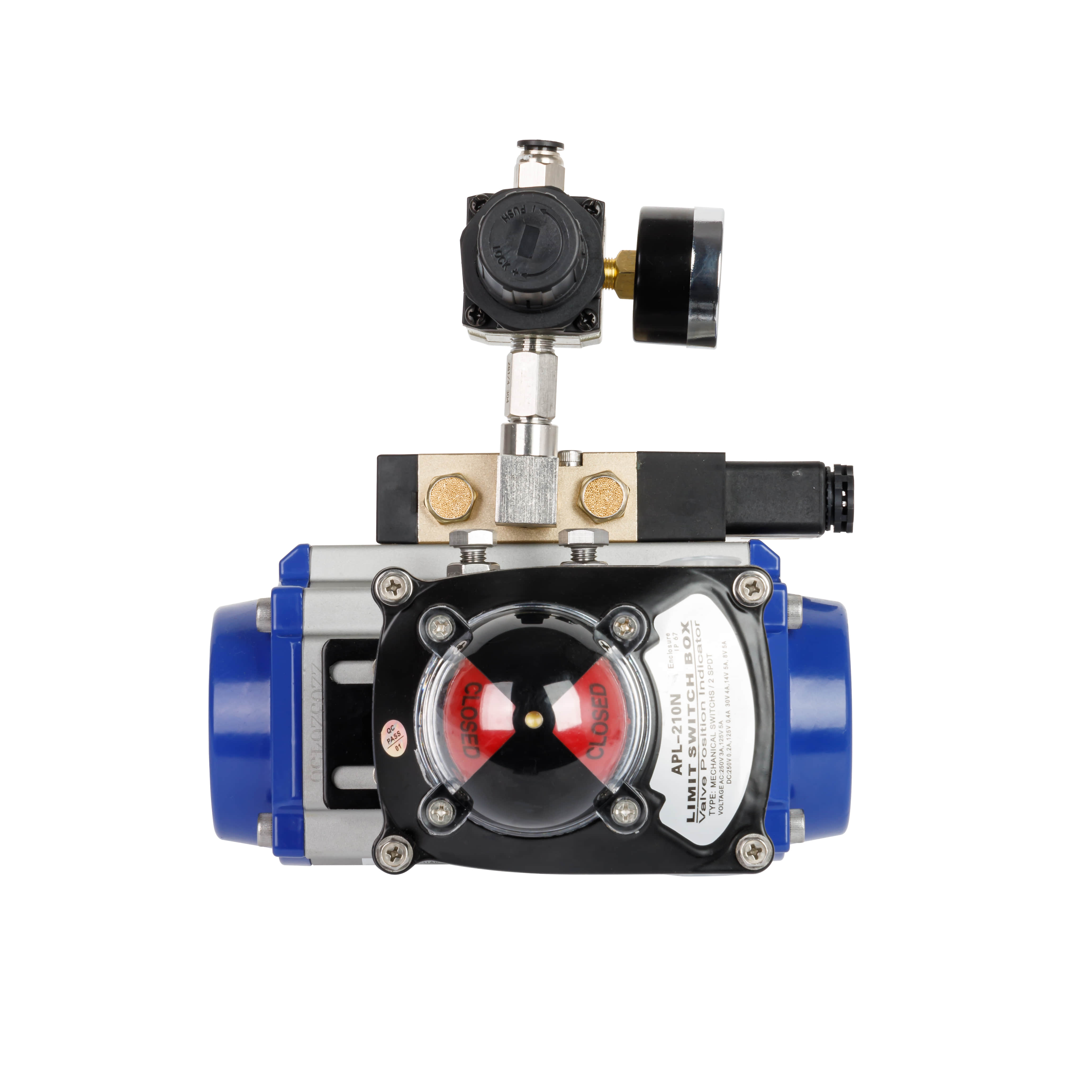understanding pneumatic actuators: principles, applications, and benefits
Release time:2024-10-15 22:40:10
Pneumatic actuators play a crucial role in various industrial processes, offering a reliable means of converting compressed air energy into mechanical motion. They are essential components in automation systems, facilitating the movement of machinery and equipment in a diverse range of applications. This article explores the fundamental principles of pneumatic actuators, their types, applications, and the benefits they provide to industries worldwide.

Principles of Pneumatic Actuators

A pneumatic actuator operates by utilizing compressed air to generate motion. The basic working principle involves the conversion of potential energy from compressed air into kinetic energy that moves a mechanical device. When compressed air enters the actuator, it pushes against a diaphragm or piston, creating a force that results in linear or rotary motion, depending on the actuator design. The actuator can then open or close valves, move rods, or perform other mechanical tasks.



